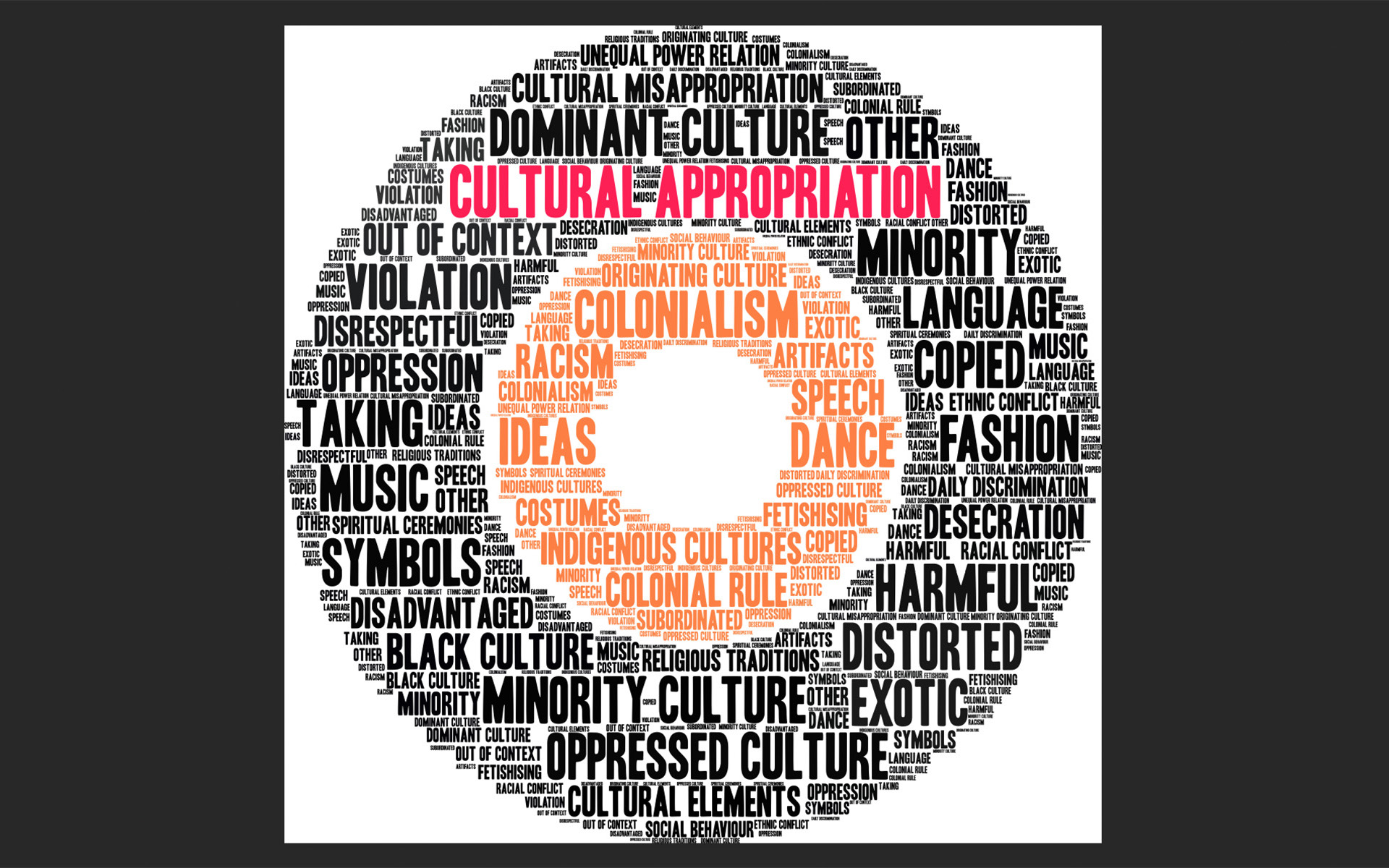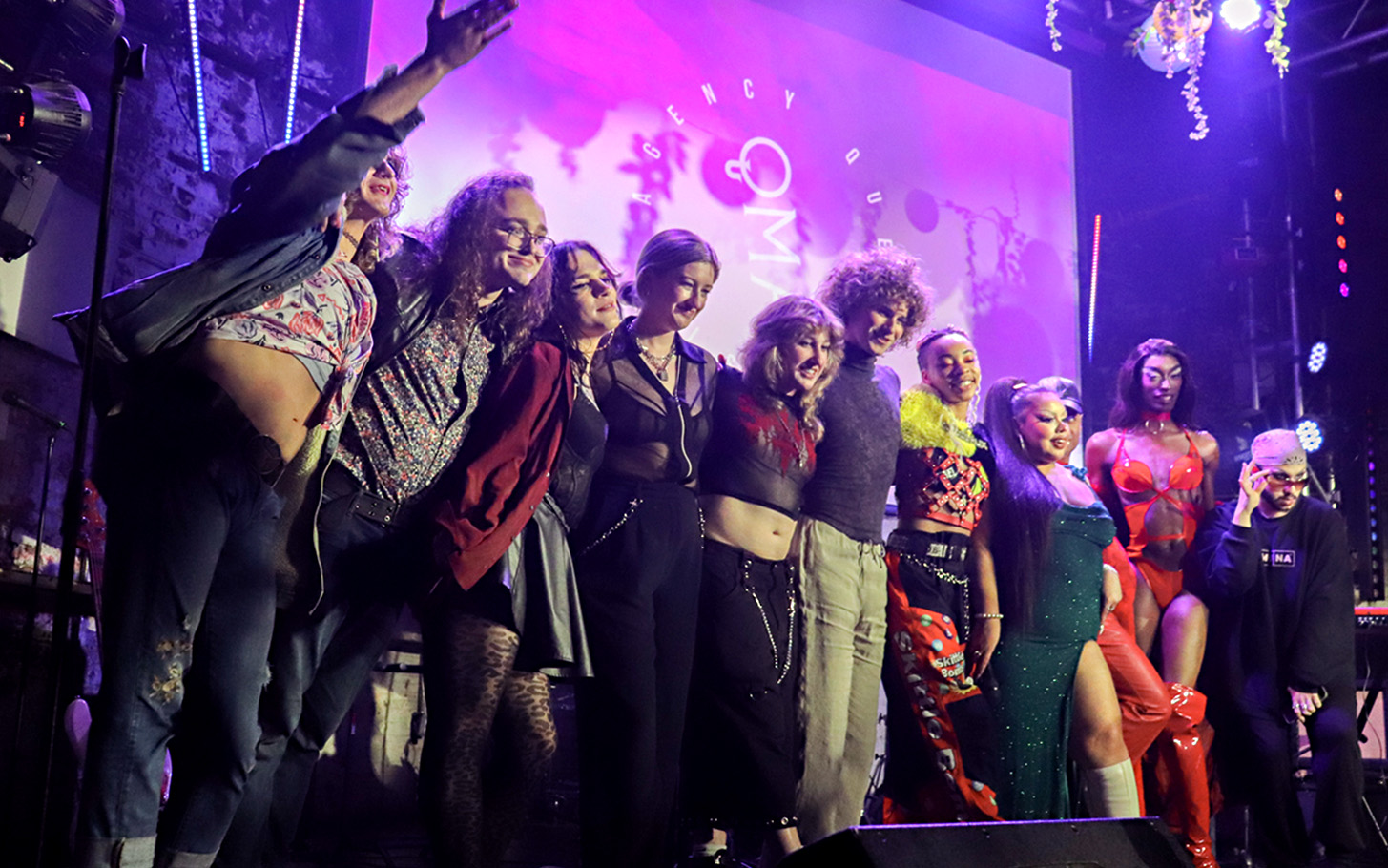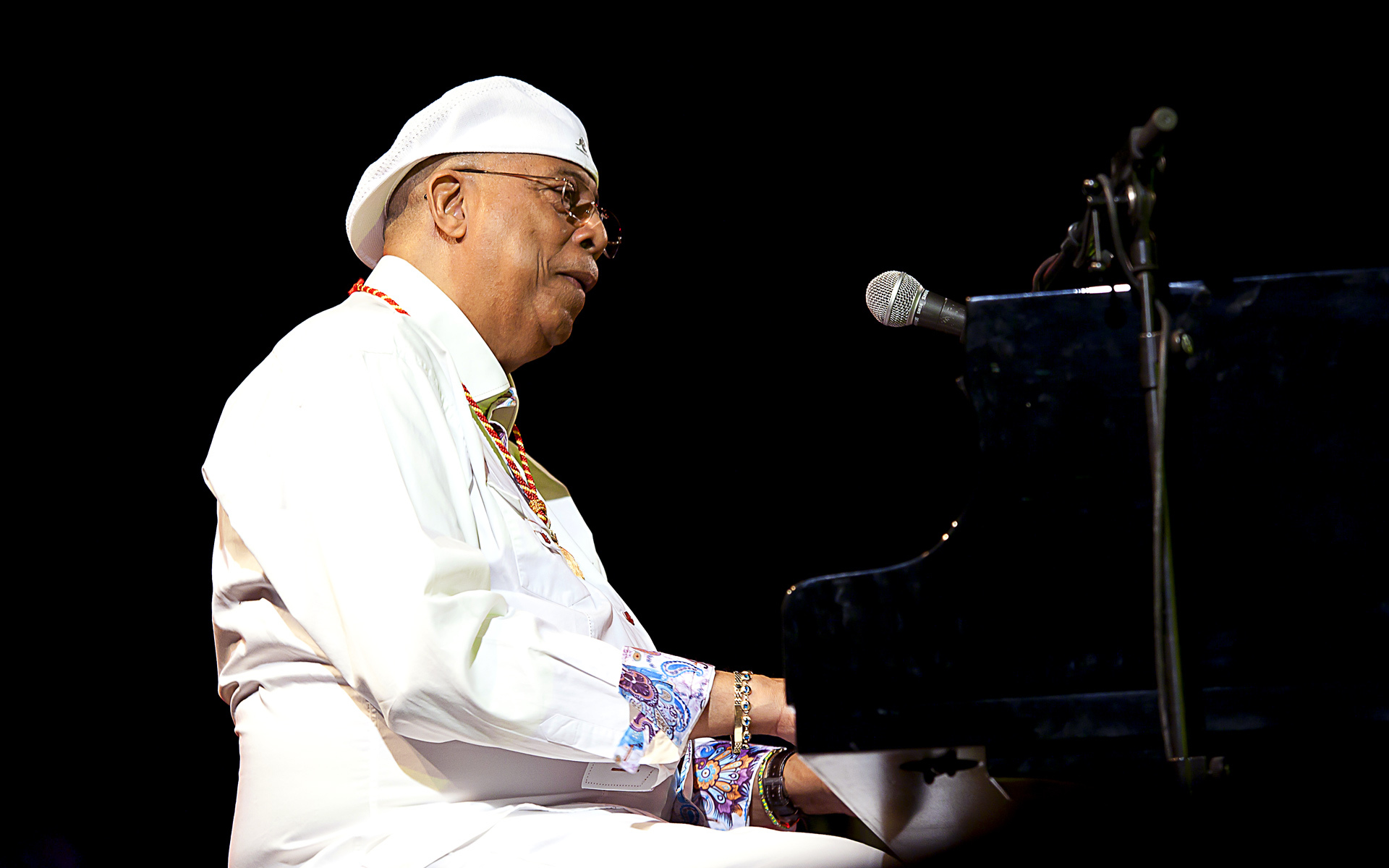The following information on cultural appropriation is excerpted from the Berklee Online course Iconic Dance and Urban Movement, written by Ruka Hatua-Saar White, and currently enrolling.
In an increasingly global society, extremely focused on innovation and originality, the issue of authenticity is more relevant than ever. What does it mean to be authentic in today’s society? How can one remain true to themselves while engaging in conversation with other cultures? When is it okay to borrow, quote, or pay homage to a culture that is not your own? And how can we do that thoughtfully and respectfully?
Think about high profile artists who have been accused of cultural appropriation over the past few years: Justin Bieber sporting dreadlocks; Justin Timberlake beat-boxing; Ariana Grande rapping in a “Blaccent.”
In my course, Intro to Iconic Dance, we start this discussion by introducing three key concepts: Appropriation, Acculturation, and Assimilation.
Cultural appropriation is the adoption of an element or elements of one culture by members of another culture. This can be controversial when members of a dominant culture appropriate from disadvantaged minority cultures.
Unlike acculturation and assimilation, cultural appropriation echoes domains of economic dominance and is a form of colonialism, which seeks to reign extended authority over a group of people, and/or territories.
The debate around cultural borrowing and appropriation is ongoing—examples abound in the arts, music, and fashion fields. Model Karlie Kloss wore a Native American headdress in 2012 Victoria’s Secret Fashion Show. Both the model and brand executives apologized profusely, but unfortunately, the brand has continued to feature Indigenous-inspired fashion in their shows, like in their 2017 “Nomadic Adventure”-themed fashion show.
The artist Kenneth Coutts-Smith wrote one of the first essays on the subject in 1976, entitled “Some General Observations on the Concept of Cultural Colonialism,” as reported by Ash Sarkar for The Guardian. Sarkar notes that while Coutts-Smith never actually used the term cultural appropriation, he was the first to bring together the Marxist idea of “class appropriation” (in which notions of “high culture” are appropriated and defined by the dominant social and economic class) and “cultural colonialism,” which describes the way Western cultures take ownership of art forms that originate from racially oppressed or colonized peoples.
Acculturation is a process of social, psychological, and cultural change that stems from the balancing of two cultures while adapting to the prevailing culture of the society. Acculturation is a process in which an individual adopts, acquires, and adjusts to a new cultural environment.
Cultural assimilation is the process in which a minority group or culture comes to resemble a dominant group or assume the values, behaviors, and beliefs of another group.
Authenticity comes from being original, which can include everyone, as no one individual shares the same unique experiences as another. Authenticity evolves with experience. We expand our own authenticity by repeated exposure to other cultures and people. Borrowing from other cultures is inevitable, but there are positive ways in which it can be done. We should engage with other cultures on more than just an aesthetic level. And we should also give credit to where credit is due. Pay homage and acknowledge the source.
In order to better illustrate the implications of these terms and how different people interpret them, some of the most controversial and well known contemporary examples are in pop music.
The pop/rap artist, Iggy Azalea ignited a firestorm of criticism with her music video, “Bounce.” This video starts with no music on a shot of an urban neighborhood in India, and then cuts to Azalea in traditional Indian wedding clothes and wearing a bindi, the traditional red dot between the eyes symbolizing a spiritual or religious awakening. The criticism came at Azalea from many corners of the world, all with a variation of: “Here is a white woman from Australia wearing traditional and ceremonial Indian clothes singing rap as if she was a Black person from Atlanta.” Was that a disrespectful appropriation of Hindu culture? Was that a disrespectful appropriation of Black American culture?
Katy Perry got major backlash for wearing a Japanese kimono in the style of a geisha at the 2013 American Music Awards. She was attacked for disrespecting and misrepresenting the geisha world and Japanese culture. Disrespectful, or artistic license?
Pharrell Williams partnered with Adidas to create a clothing line based on the Hindu holiday of Holi, which is a spiritual festival where people throw multi-colored powders on each other. The response was swift, negative and widespread with critics claiming that Pharrell had co-opted sacred Hindu ceremonies, symbols, and imagery for commercial purposes.
Miley Cyrus has been criticized for appropriating Black culture, dipping into a hip-hop phase in both appearance and sound with her album Bangerz, then returning to her country roots in recent years. In her Bangerz phase, it wasn’t uncommon to see Miley sporting dreadlocks, cornrows, and grills. She also came under fire for infamously twerking at the 2013 VMA awards and for criticizing Kendrick Lamar’s rapping, claiming that the explicit lyrics are what made her depart from the hip-hop scene. The biggest issue with Miley’s foray into hip-hop is that she is privileged enough to benefit from both Black and white culture, dipping in and out of it when it’s convenient and profitable, where Black artists do not have that luxury.
White artists appropriating Black culture into pop culture goes back to early rock ‘n’ roll, jazz, and beyond. The most famous example is Elvis Presley covering songs by Black artists, like “That’s Alright, Mama,” “Hound Dog,” and “Don’t Be Cruel,” and rising to fame as the “King of Rock ‘n’ Roll,” when Black artists such as Chuck Berry and Little Richard didn’t benefit nearly as much from the genre they essentially started.
But figuring out what is cultural appropriation and what is simply a young artist becoming familiar with a genre can be tricky. The Beatles notoriously entered the rock ‘n’ roll scene emulating these founders, playing a repertoire full of early Black rock ‘n’ roll covers at the beginning of their career, and became wildly successful as Lennon and McCartney tweaked the formula with their own compositions. Paul McCartney admits that he “learned everything he knows” from Little Richard.
As a creator, it’s important to acknowledge the origins of where your inspiration is derived from. If it comes from a culture that isn’t your own, are you informing yourself about that culture, especially if it’s a marginalized culture? Consider listening to and sharing the music of historically excluded artists who identify with the culture from which you wish to borrow. You may discover that there are authentic and positive ways for you to pay homage to a culture, especially when you consult people from that culture. But what is most important is that you do make every effort to engage, and to be mindful and ask yourself if what you’re doing is authentic, thoughtful, and respectful.











